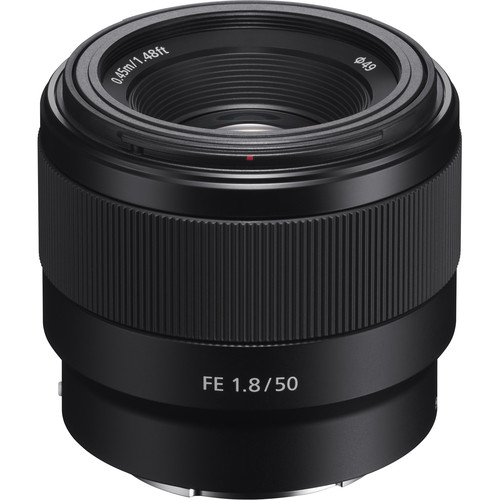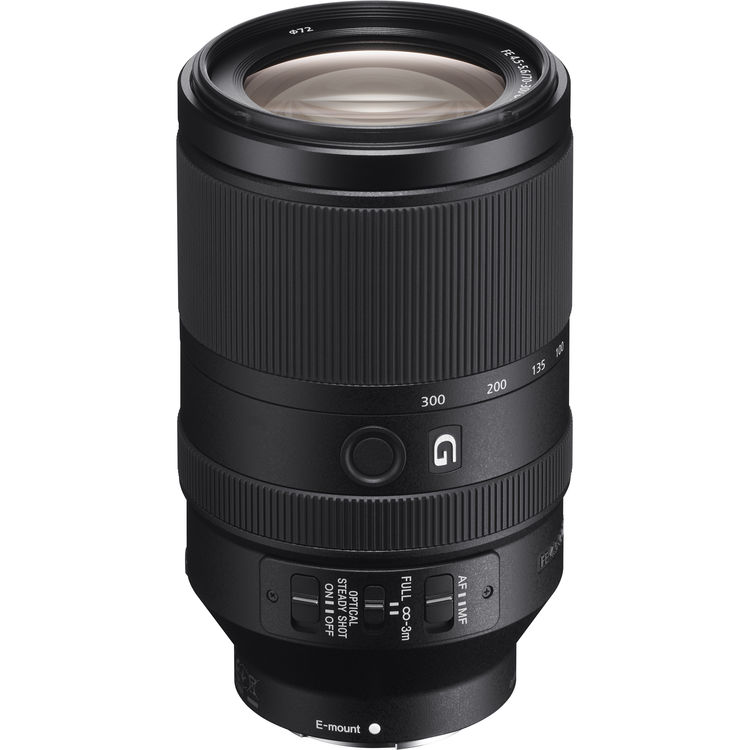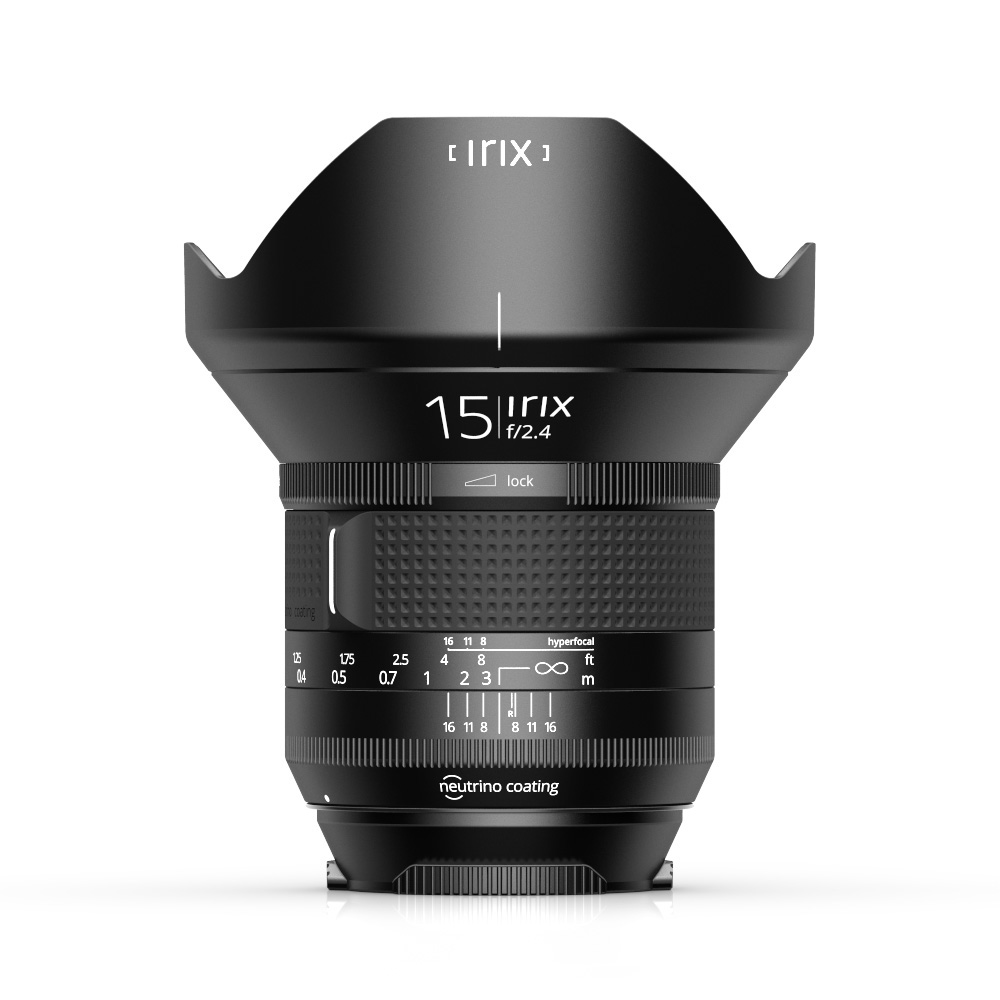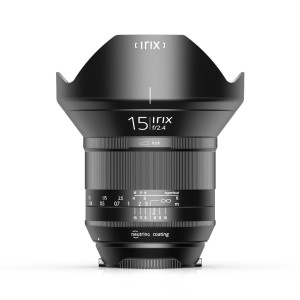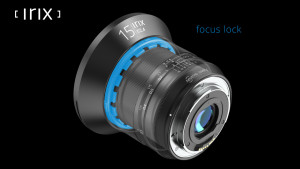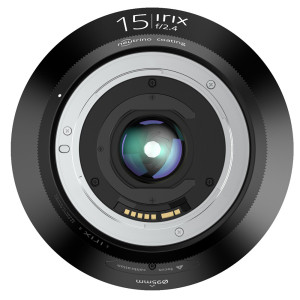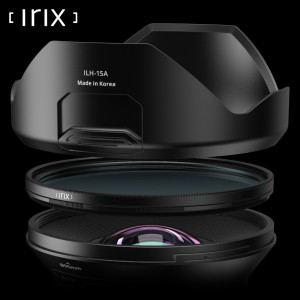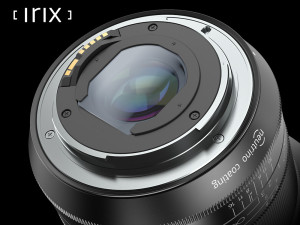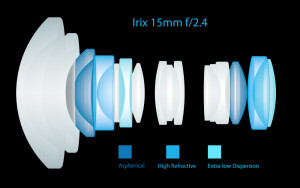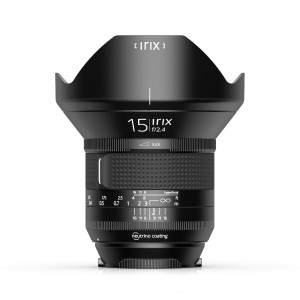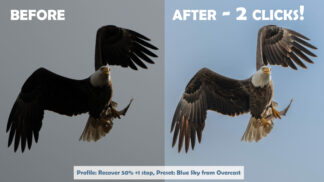
The lensmakers at Zeiss have announced a new addition to their premium full-frame line of autofocus lenses for Sony E-Mount. The all-new Batis 18mm f2.8 aims to build on the success of it’s predecessors, the Batis 85mm f1.8 and 25mm f2. The reception of this new line from Zeiss has been quite positive placing the lenses on what seems to be a perpetual back-order.
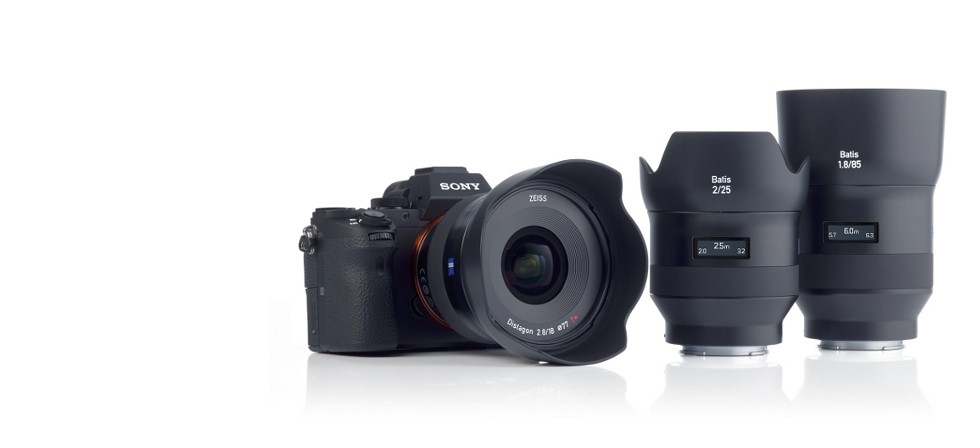
The Batis 18mm f2.8 is crafted using a variation their classic Distagon design. The optical formula employs 11 elements in 10 groups and touts the ability to resolve the fine details that modern sensors hunger for. The body of the lens is metal and is dust / weather sealed. It’s focusing ring is rubberized like it’s siblings. Autofocus duties are handled by a near silent drive unit with linear motors.

Another design cue consistent with previous Batis offerings is the innovative OLED display that resides on the lens barrel. This serves as a highly visible focus scale and depth of field preview. While some critics have been quick to claim gimmick, I personally appreciate Zeiss pushing the limits of what photographers should expect in a premium lens design.

The resolving abilities of the Batis 18mm f2.8 aside, the sculpted metal body of this lens is a sight onto itself. It’s body trumpets toward the front element and when fitted with it’s lens hood appears to be one solid, contiguous bit of goodness. Well done Zeiss.

Zeiss isn’t shy about referring to it’s Batis line as being designed for professionals and it has priced them accordingly. The Batis 18mm f2.8 will be released with a $1500.00 usd/euro price tag. Availability is slated for May 2016 but if previous models stocking levels are any indication, I’d suggest a pre-order to stake your claim. Sample images are available below.









